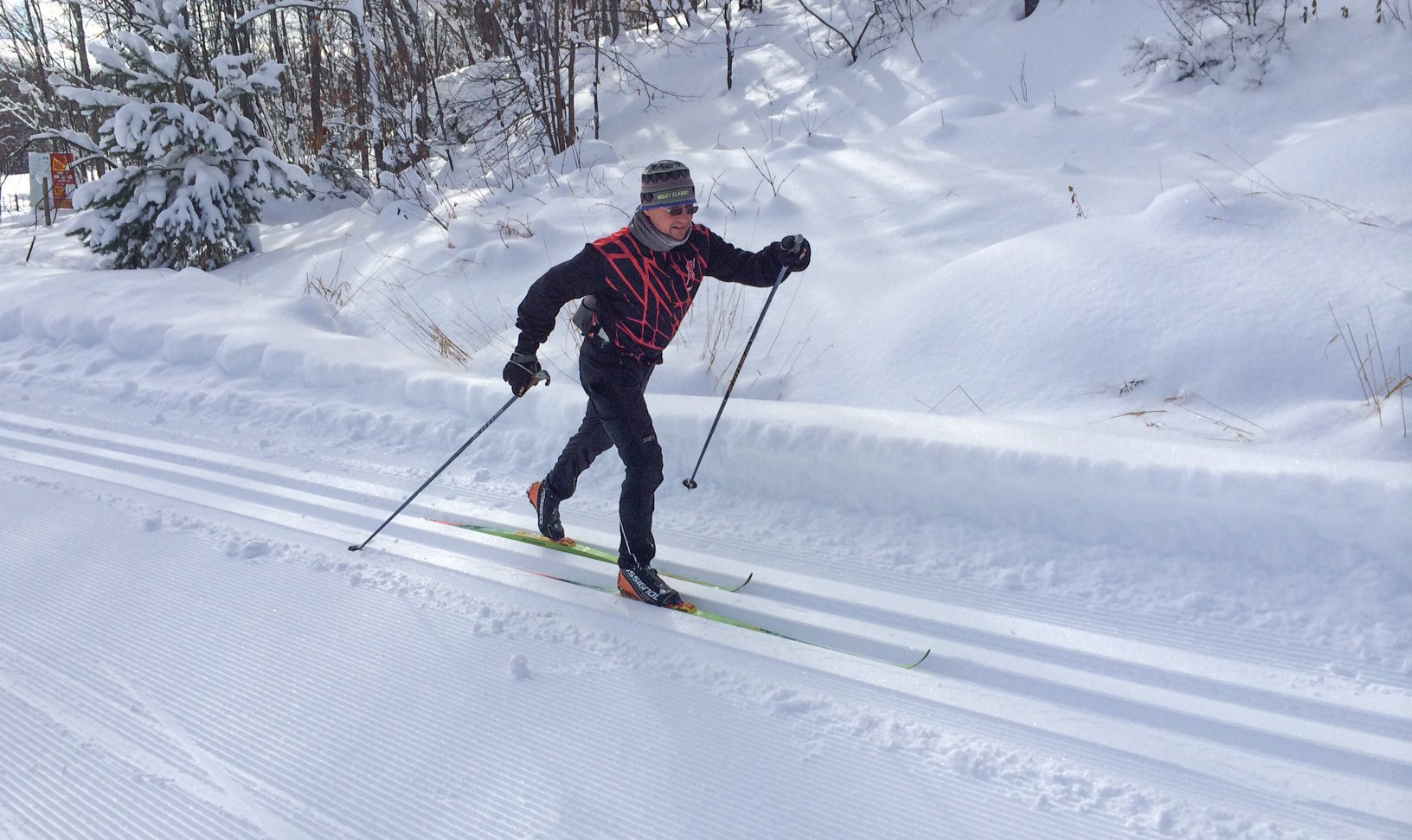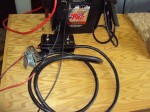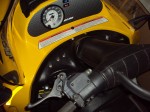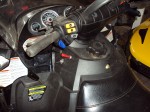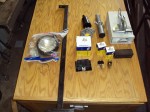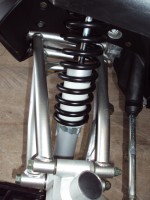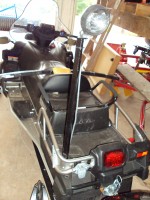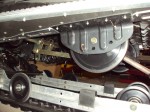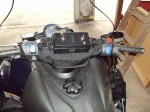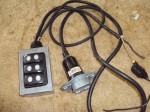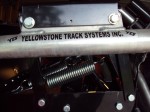Typical Heavy Duty Work Snowmobiles
Ski-doo Skandic SWT, Yamaha VK Professional, Ski-doo Skandic SWT V800, the 2009 Polaris Widetrack IQ.
Medium Duty Utility Snowmobiles
Arctic Cat Bearcat, Ski doo TUV and SUV, Polaris Widetrack, Yamaha Viking
Light Duty Utility Snowmobiles
Arctic Cat Panther, Ski doo Tundra and many 2 up touring sleds. The 2 up sleds mean that they have a long track for extra traction. Cooling systems need to be evaluated for your groomer and grooming conditions. Gearing the snowmobile down is an option with low gears in the chain case.
Decide on your groomer
First you need to decide on what type of groomer you will be pulling. For example a 3 foot wood drag or bedspring will not require the same type of machine that a 108 inch Ginzu groomer will.
Set up
The snowmobile must pull a 200-300 lb groomer with up to 1500 pounds of pulling resistance due to the groomer teeth or knives, and carried snow, while maintaining, traction, steering, Traction requirements are a wide and long track with a medium size lug that is able to be studded for ice. Suspension requirements include a stiff rear suspension that does not squat with the weight of the groomer but delivers adequate ski pressure for steering. The suspension does not need to be soft for dampening bumps because trail grooming is done on a relatively smooth surface.
Read the owners manual or follow the Grooming DVD to set up your suspension for maximum steering and traction.
The low speeds require low gearing and low rpm clutch engagements to prevent belt burning. The low speed application of grooming requires a transmission with low gearing. Wide ratio clutches have been tried unsuccessfully. Many chain cases and some transmissions have replacement gears to gear the snowmobile down for low speed operation. Clutches are also rebuildable for low speed engagement.
The cooling systems must either be fan cooled or liquid cooled with a radiator and fan. The typical heat exchanger under the tunnel and floor boards does not provide enough cooling in slow grooming operations on hard surfaces without loose snow present . Special devices on the back of the skis have been tried unsuccessfully to spray snow on to the heat exchangers. Scratchers for the rails do work in providing extra snow on the track for the hi fax and for the coolers. Additional holes in the hood and belly pan provide extra cooling air. A temperature gauge and a manual switch to turn on the electric fan can be a big help to monitor cooling issues before the machine over heats.
Modern trail grooming implements have had electric actuators as standard equipment, the grooming implement has two to three actuators standard with each actuator drawing 20 to 30 amps and consisting of a reversible twelve volt electric motor. The ideal grooming machine has a twelve volt battery and charging system, able to keep with these electric loads. Many options are available to wire in your groomer.
- You can use a stand alone battery and switch system that is movable form one machine to another. This system requiress charging the battery and adds extra weight to your machine.
- You can tie into the vehicle wiring to get power from your machine battery and hard wire switches in to the console or dash.
- You can tie into the vehicle wiring to get power from your machine battery have a connecot to the removable switch box that is attached to your steering handle bars with tie wraps or velcroe
A heavy duty pintle hitch is also a requirement. These are available from Dennis Kirk or from your dealer.
